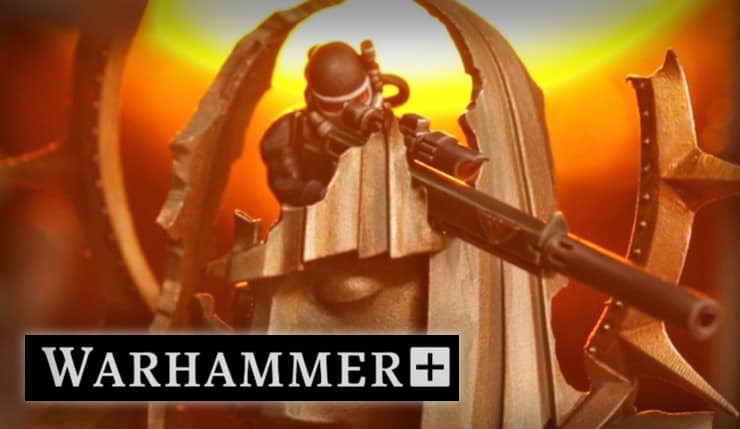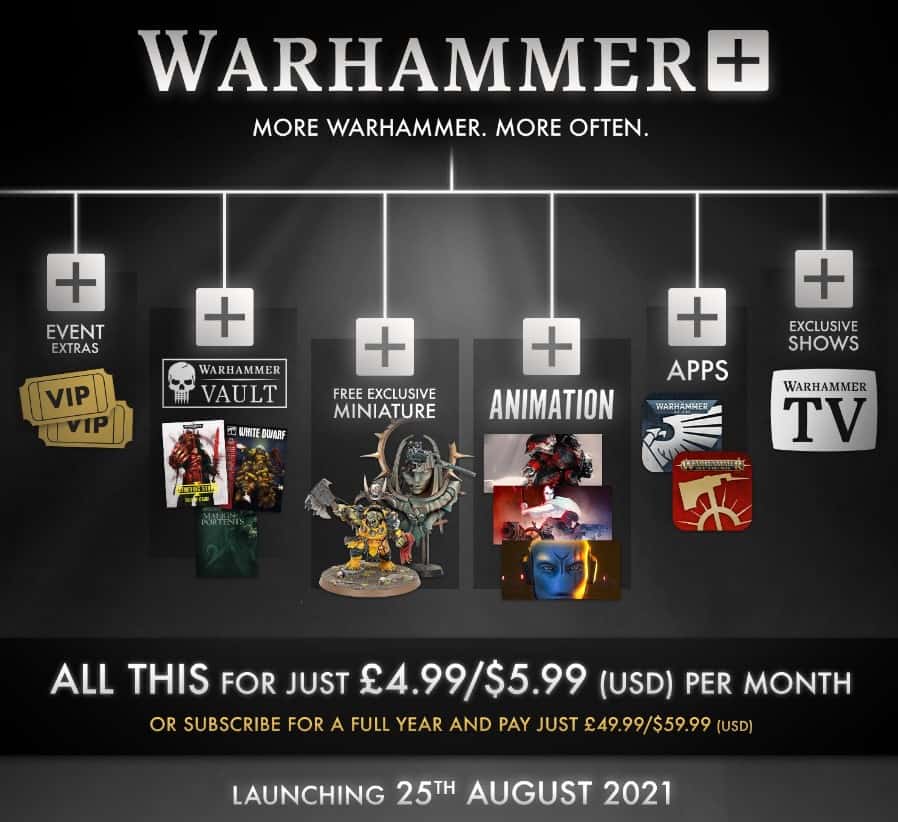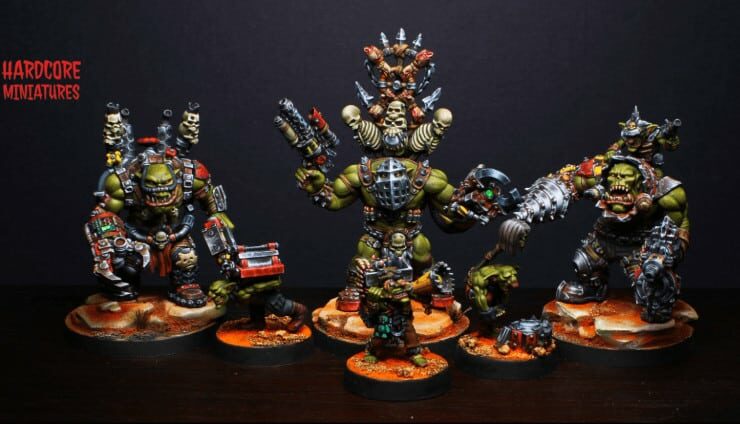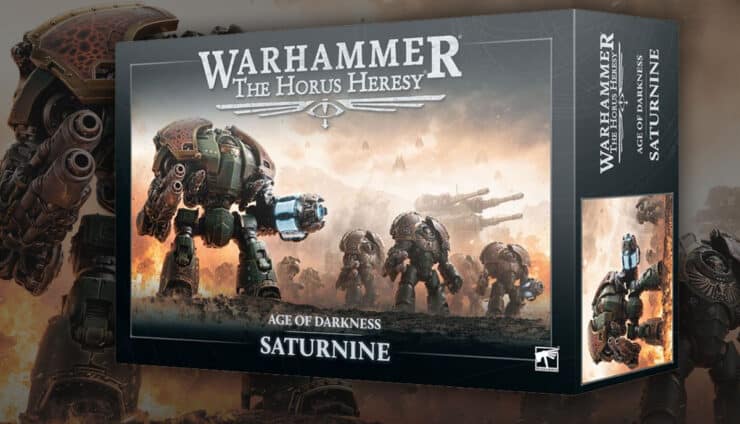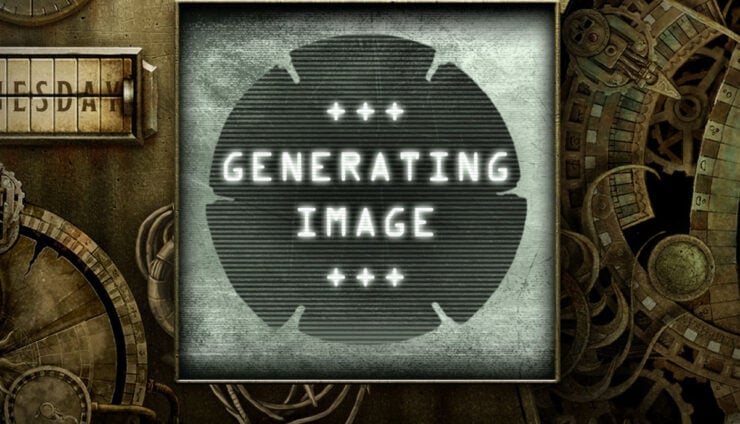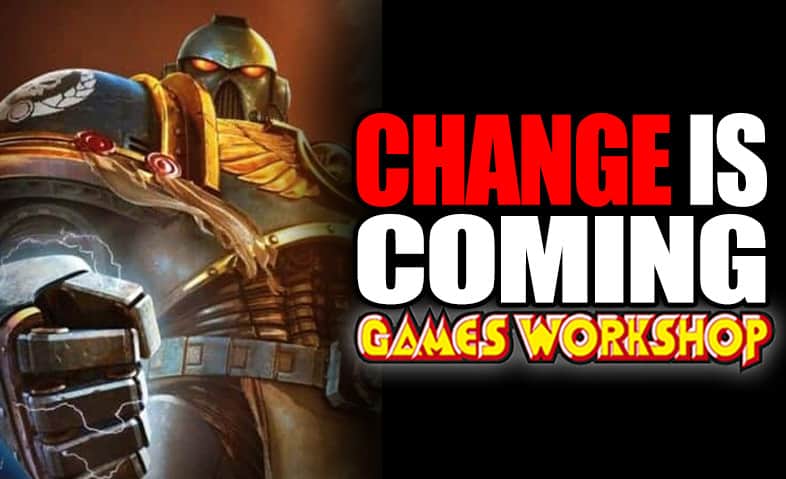 Here’s why Games Workshop is changing its product strategy before our very eyes, along with a look at the GW of 10 years ago!
Here’s why Games Workshop is changing its product strategy before our very eyes, along with a look at the GW of 10 years ago!
Guest Post by Ben De St Paer-Gotch: Twitter @nebuk89
Recently there has been a lot of discussion in the community of model painters, gamers and law lovers related to some of the actions of Games Workshop (GW) has taken against the community (YouTubeand 3d printing). This has come at a time when we are all discussing the value of the recently released Warhammer+ and what this all means for the future of the hobby.
I find this all interesting as I am a product manager by profession. It’s my job to work out what products people need or would like while working out how to make these products and help the company I work for actually make money.
I have also been a keen hobbyist for about 25 years, so I thought it may be fun to critically appraise what GW was doing and assess what it might mean for the future. Having done this, I also thought it would be fun to share it as part of a three-article series for those interested in some of the ‘why,’ ‘what next,’ and future thoughts.
To be clear, anything expressed here is not done so with any internal knowledge, and is my opinion is only based on my experience…
Games Workshop Is Changing Their Product Strategy

As a commercial business, we all know that money or constant revenue is what matters at the end of the day. However, what also matters a lot to companies is the margin (profit) and what you sold to make that margin. This is because different products result in different long-term values for the company.
What this means for the people who own the company is that their stock (what they own of the company) is impacted by how much it is worth due to the company’s industry (Valuation Multiples by Industry – eVal). If two companies both made $100, one a software company and one a retail company, the ‘value’ of the software company (if someone wanted to buy all the stock and own the company) may be $300 while the retail company may only be $150, just due to the industry!
This isn’t the only thing that impacts value; the ability to build a brand, intellectual property, having a revenue stream you can predict, and a ton of other things we will cover. All of this also matters a lot to the people who own the company.
Historical Examples:
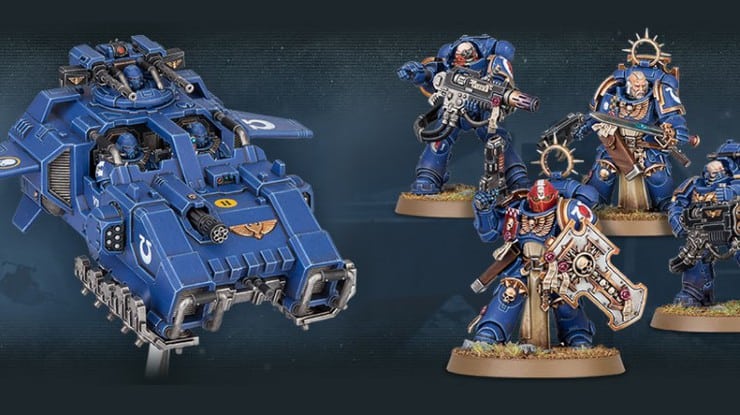
Historically GW was in manufacturing and toy sales essentially – we would call this a business that makes and sells ‘widgets’ (physical bits that you buy). Widget businesses go through ebbs and flows of good times and bad times. What this means for their board and investors is that a good batch of well-designed models for the right army results in a great year, and a bad batch results in a slow year.
This is also why, just as a side note, the release of new models to different armies and the book sales appear a little sporadic to outsiders. I would speculate these follow a careful mix of creative flow, what is needed to sell/has sold well in the past and what fits in with the current narrative point of the series.
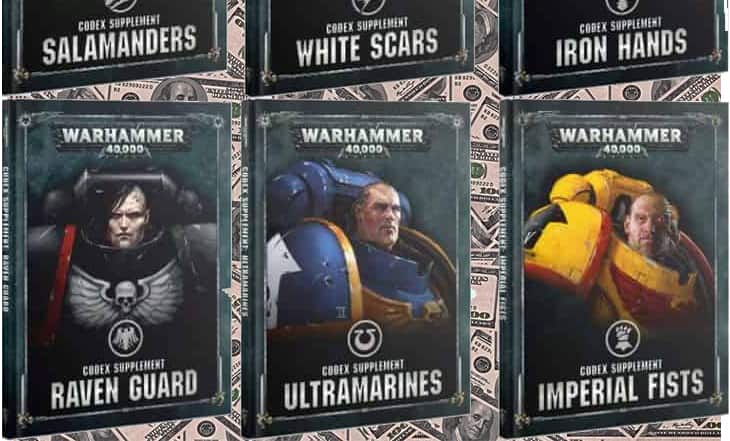
Good years and bad years matter a lot to investors as a good year means that you get money back for the stock you own (dividends), while a bad year means your stock is worth less and you get squat.
GW has recently made some changes to try and get this money-making machine really rolling in its current iteration. They upped their release schedule in 2021 (feeling the burn yet?), increased the cost per model (everyone has seen this), and created Contrast paints so you paint faster = clear your backlog = buy more (yes, I would speculate this was the goal of the paints).
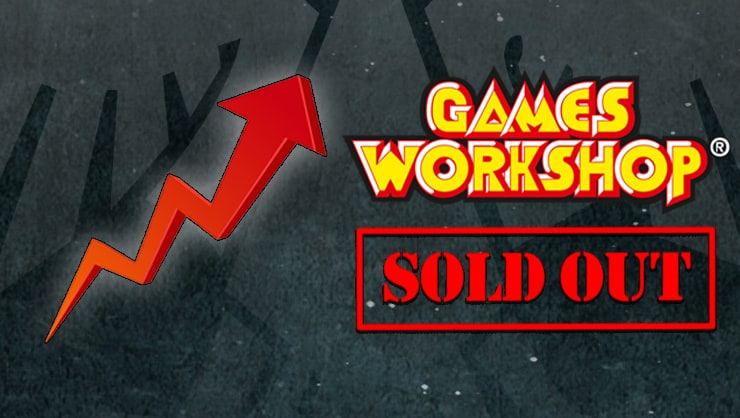
This means their annual revenue/money can be hard to predict, and profit is tied to things like the cost of plastic and new machines. They have also tried to introduce some noted bloat with supplemental books and other hard lines, such as more hobby tools, more expensive scenery pieces, and more boxed games. But all of this still has a cap of sorts to it, and as a company, GW had an opportunity to be so much more.
Games Workshop Intellectual Property Strategy
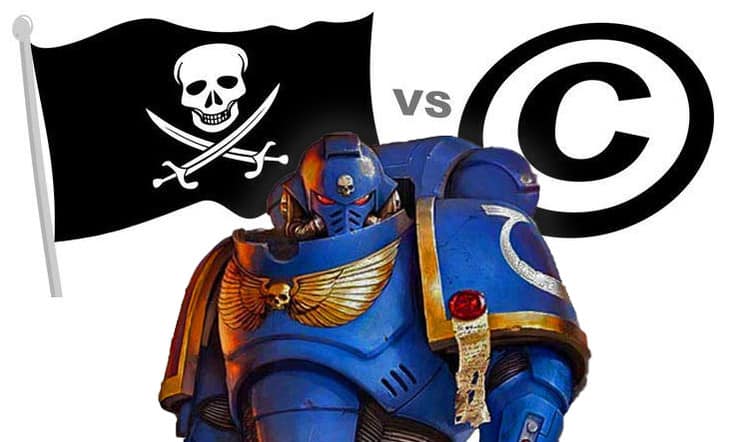
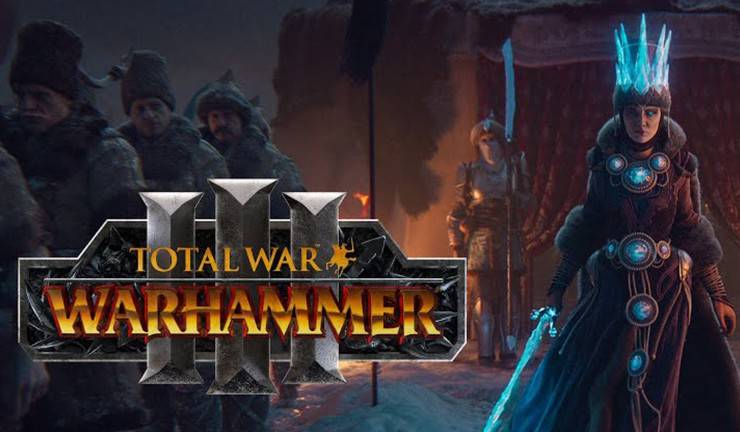
It is worth noting that this focus on IP has been in GWs financial statement over the last eight years at this point, they have always ‘got’ that their IP has value, but between 2014 and 2015 this jumped up from £1.5m annually to £8m! This growth has slowed now, only hitting £16m in 2020, but it would appear that someone is finally trying to work out how to leverage this more.
This all has happened over the last ten years, a time when we have seen companies like Netflix rise in prominence from somewhat of a physical widget (shipping DVDs for those who remember) business, to an online streaming business, to a movie production company! The big trend behind this change and across the whole spread of consumer behavior is subscriptions.
We all now subscribe to so much more than we used to do. Between 2020 and 2021, the average household spend on subscriptions went up 39.4% in the UK!
Subscriptions, though, are more of a leading indicator to a bigger change, one which is really the crux of what GW is looking to do and (IMO) struggling to do – becoming a member-focused company.
The Need for a Community & Why They Are Changing
A member-focused company is somewhere that builds a community of users who are themselves creating more value for the company, bringing in more users, and advocating for the products – both free and paid. GW has a foundation of these users, but as we will discuss later, they are not quite getting this bit right.
The reason that companies want to move to this member-focused subscription model is that you create a model where your paying customers create more paying customers through their love, create content for you and drive your business for you – all you have to do is keep putting the right amount of incremental new content in the membership and BOOM – people just leave their credit card entered, and you know how much money you will make the next year.
This means you have almost guaranteed recurring money that will come in that is in your hands to lose rather than something you have to chase. This drive also creates loyalty even among nonpaying users, as they benefit from the growth of the community.
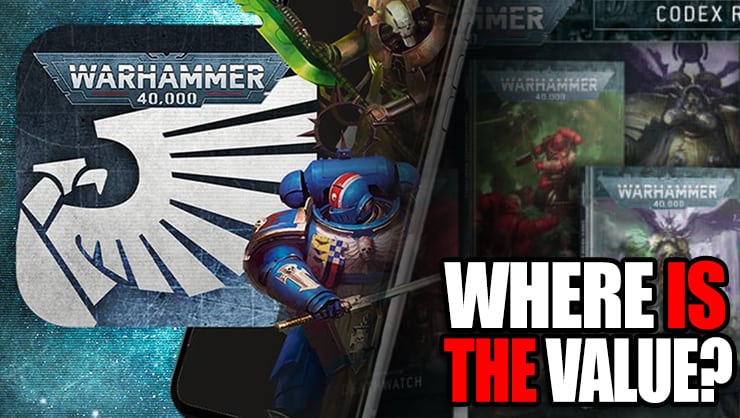
(read some more on membership-focused companies here: Defining the Membership Economy – 7 Questions with Robbie Kellman-Baxter | Aria Systems)
So this is the ‘why’ when it comes to the Games Workshop Product Strategy. Being in the business of ‘widgets’ is not what a board of investors wants to see as a long-term strategy. You can only squeeze so much margin out of customers, and people’s piles of unpainted grey sprues can only climb so high.
If you expand countries/ markets and get new customers, that is great, but none of these offer the same scale or value as becoming a member business and growing through IP along with other products.
Look for more on the Games Workshop Product Strategy ‘how’ and more from Ben here soon!
Check out Ben’s full series on what Games Workshop is, and how they could be so much more below!
You may also like:
A guest post by Ben | Principal Product Manager @docker| Life goals: – Get Big – Turn Green – SMASH! \Views are my own\ Twitter @nebuk89
What do you think about the GWs of the past, and of the present?
Let us know in the comments of our Facebook Hobby Group, or our new Discord server, and make sure you enter the latest monthly giveaway for FREE today!
Get ad-free access to our hobby videos, a monthly drop of miniatures, and support some of the best creators out there for as little as $6 a month on Patreon!
